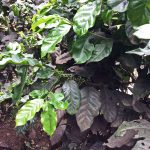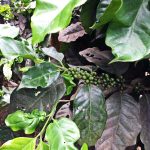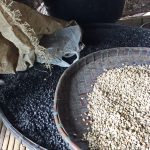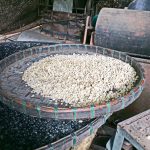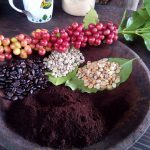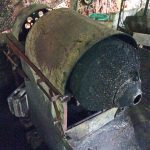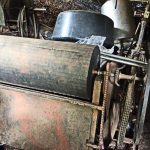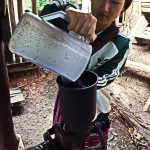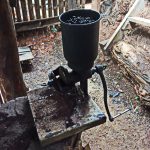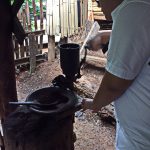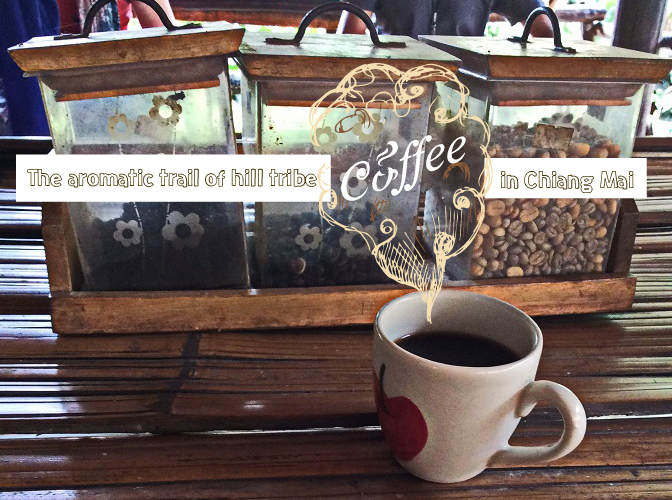
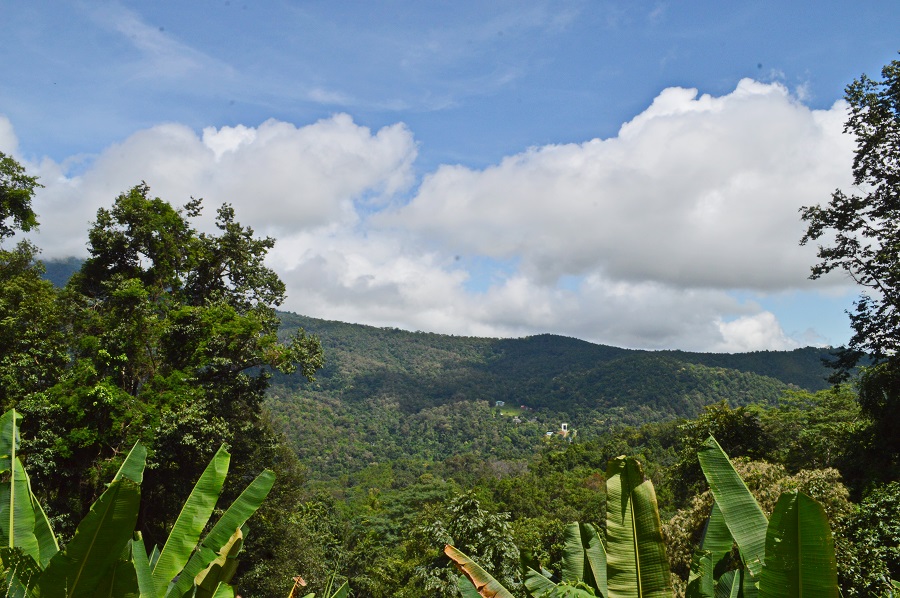
The province of Chiang Mai to the northern part of Thailand is a picturesque sight of undulating mountains and plains. It is part of the old Lanna Kingdom where the Thai language is a little different compared to the Thai language in the Central or Southern areas of Thailand and the type of Thai cuisine is also different with heavy influences of cooking methods and use of spices gleaned from the influences of hill tribe settlers from Myanmar and China in the olden days.
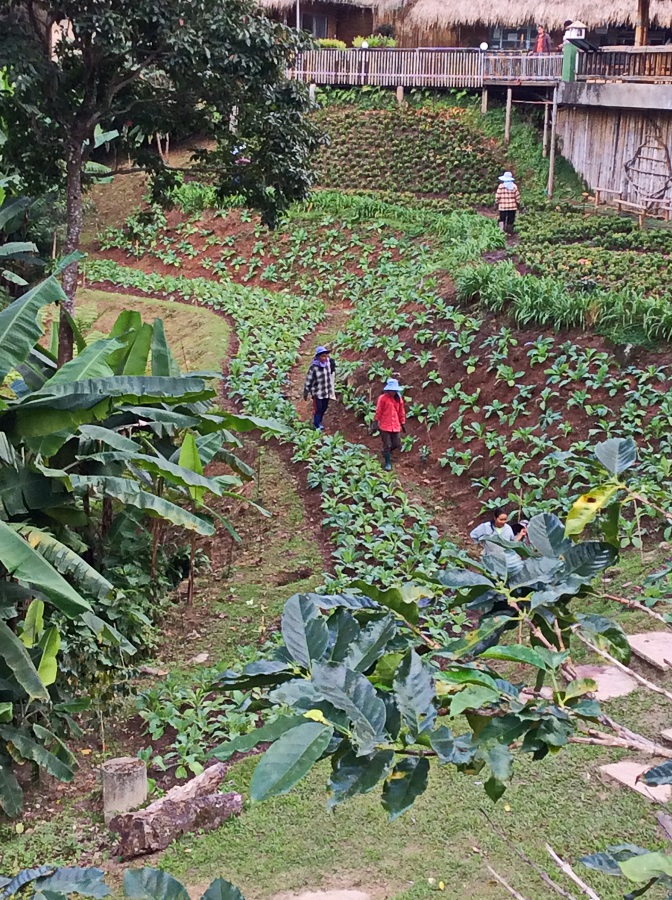
Much of the hill areas are now used in sustainable farming under the Royal Projects started by the late HM King Bhumipol Adulyadej and the Royal Family as a way to convert the opium farming traditions of the far northern regions of Thailand into more sustainable crops in the long term. Most of these hill tribe farmers are the very poor hill tribe settlers who left their countries in the north crossing over into the Thai border and settling into a hard life on the hills. Before the Royal Projects, there were no proper roads, sanitation of clean water and proper housing for the hill tribe people. Hey were living under harsh and difficult environments which soon changed when King Bhumipol made excursions during his reign to explore these areas.
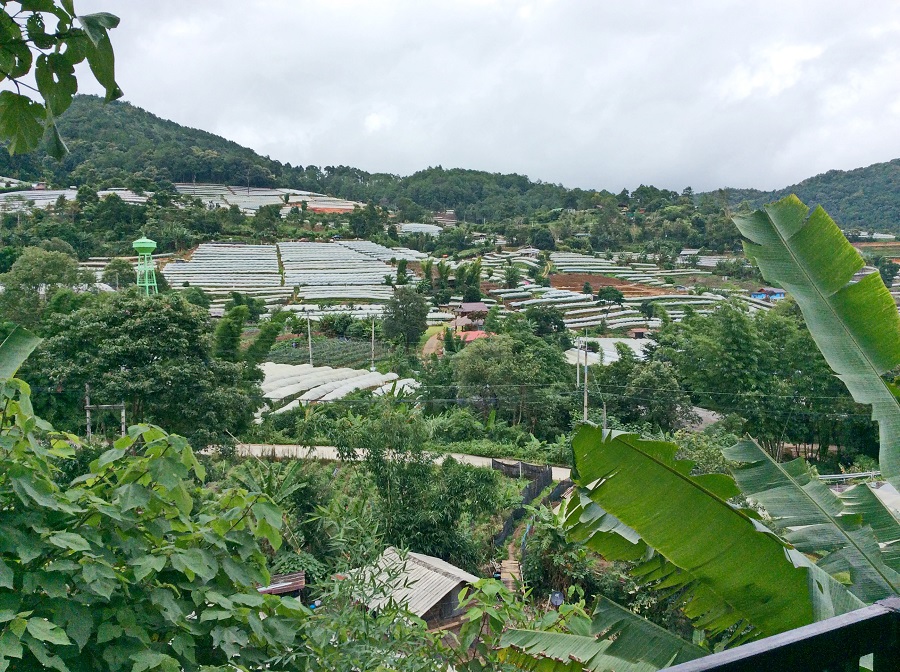
Eventually some of the hill tribe settlements were relocated to better areas on the hills where there were more systematic road systems for transportation, new villages with better housing and sanitation as well as small schools and clinics for the people and children. The hill tribe folks were taught to farm using tried and researched methods for different types of crops that were suitable for the climate and soil. Using sustainable and eco-friendly farming methods without the use of pesticides and chemicals, the Royal Projects were able to establish itself as an organic farming facility. Soon the teaching and training methods of the farmers began to yield good crops and produce which further established the OTOP markets in various cities of the provinces as a channel to market the goods. This became successful ventures for the poor settlers who could soon afford a better life under the Royal Projects which offered land and life in a safe community in exchange for work to plant the crops and wages from the harvest.
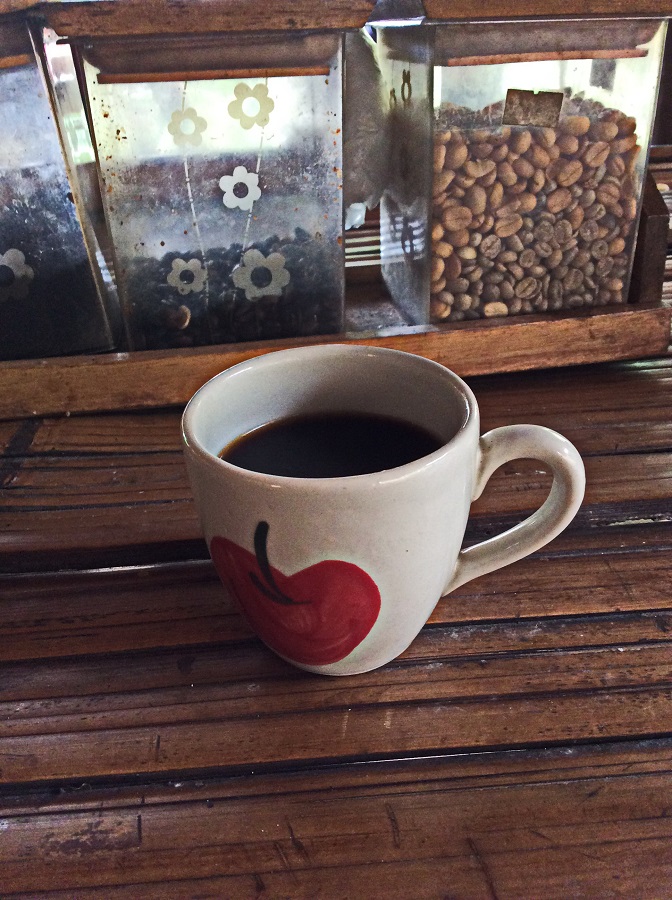
Thailand is one of the largest consumers of coffee in the world. Therefore the introduction of coffee plants into Chiang Mai was a way to meet the market demand for the beverage. Original seedlings were imported from South America and other countries and acclimatized to the conditions in the hills of Chiang Mai and Chiang Rai. Hill tribe farmers were taught how to grow coffee plants, harvest and turn the produce into coffee grains for beverages. The strain of coffee types was mostly Arabica coffee but now with the inclusion of several more varieties.
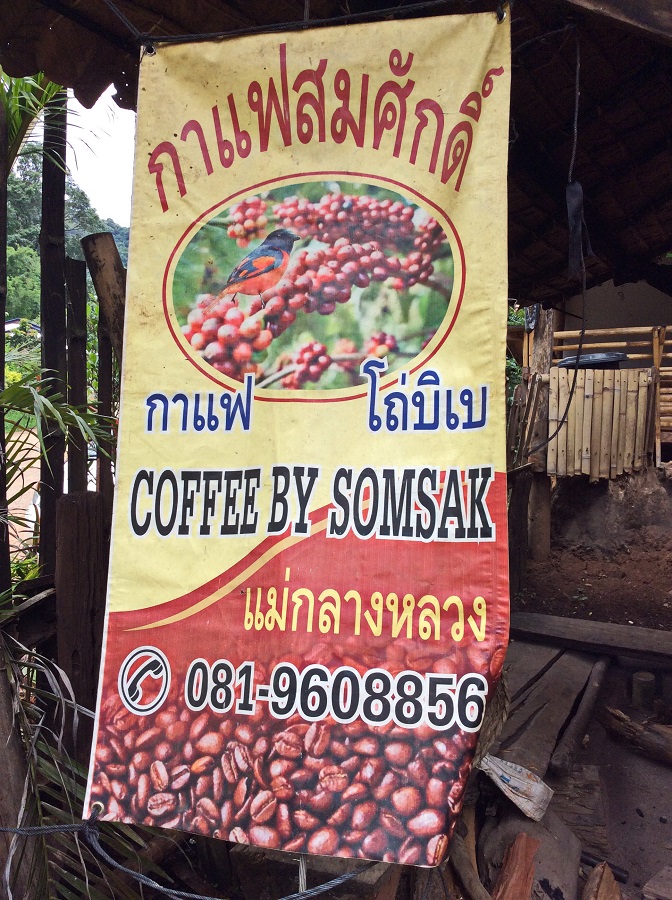
One such farmer was Khun (Mr.) Somsak who has a coffee farm in one of the hills of Chiang Mai called Coffee by Somsak. His is a small cottage industry and coffee growing is just one of the many crops he grows under the umbrella of the Royal Projects. It is a small family business but provides a good income to support his family and household.
Operating from a small wooden shack that is where the gathered coffee beans are dried and processed, it is also the venue where you can try a cup of fresh brewed coffee as the smell of fresh ground roasted coffee beans waft in the air. The coffee beans grow on small shrubs that are about 4 feet in height and the green coffee beans grow in clusters along the branches. The ripe coffee beans are a reddish color and hand harvested then placed onto woven bamboo trays which are left to dry in the sun.
When the raw beans are fairly dried they are placed into a drum mounted on a series of turning gear wheels. The mechanism has to be turned by hand and heated coals are placed under the drum. A lever is used to turn the drum slowly over the coal fire and as the beans turn in the drum it is slow roasted with a blend of butter and sugar until the beans are fully roasted and black in color. By this time, the beans will produce a very aromatic smell which is the hallmark of all roasted coffee beans.
The roasted coffee beans are then left to cool down. Some of the beans are sold as ground coffee, whereby a hand grinder is used to slowly grind the coffee beans into finer granules of ground coffee. Some of the beans are left as it is as it is very easy to purchase good automated coffee grinders in the city which most places will use to further use to make coffee beverages for sale.
Different methods of grinding and brewing the coffee produces different types of coffee drinks. The hand ground method is the old style where if you lived in the early 40s-80s you could still see people sitting in old styled coffee shops serving a mean brewed coffee using a cloth strainer with several tin mugs to blend the coffee with milk or sugars. This was the way coffee was drank in the old days.
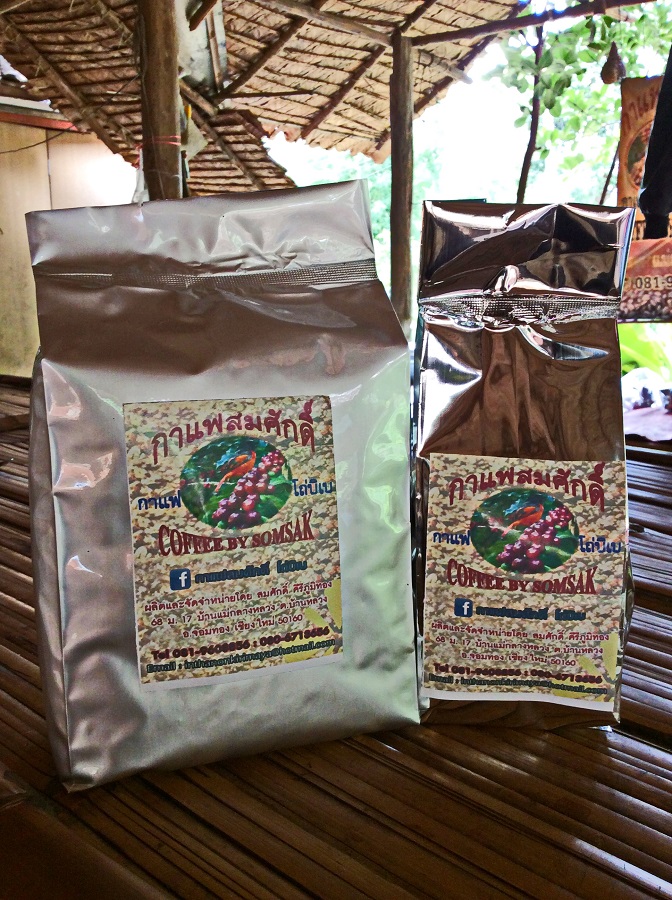
The processed coffee beans were then packaged into packets which retailed for THB100 per packet for the smaller ones. These were sold at the little wooden shack or sent to the OTOP gathering stations which gathered the produce from the different farms and distributed it to the many retail outlets in the cities.
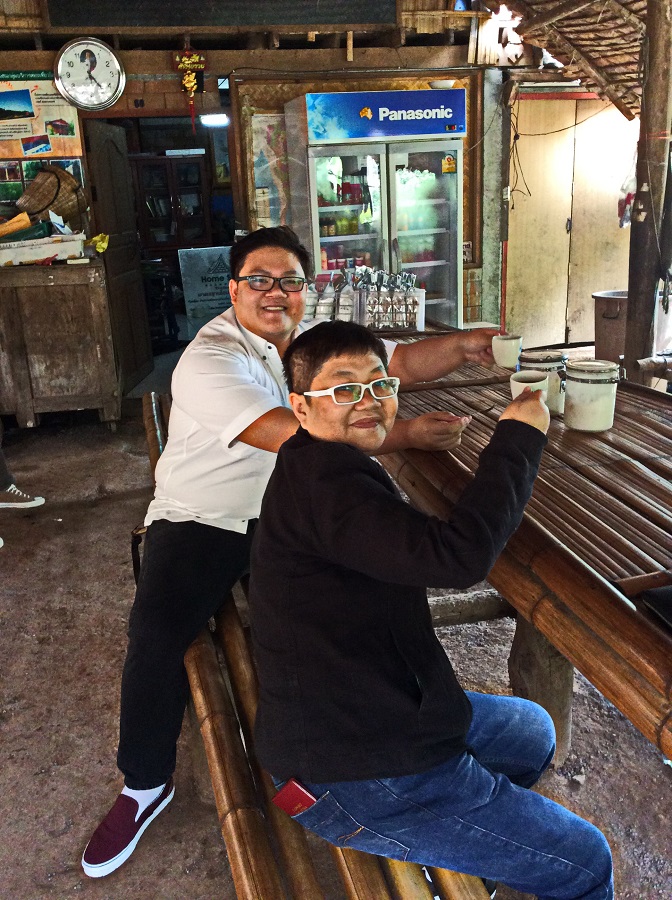
If you are ever in Chiang Mai, do drop by Khun Somsak’s little humble shack at 50160 Chom Thong, Chiang Mai for a great cup of coffee especially in the mornings when the mists is still rolling by and the climate is cool. One cannot resist the wonderful smell of fresh brewed coffee which somehow taste different when you are out on the hills.
[googlemaps https://www.google.com/maps/embed?pb=!1m18!1m12!1m3!1d3782.7848066854704!2d98.54536071489296!3d18.538624187398426!2m3!1f0!2f0!3f0!3m2!1i1024!2i768!4f13.1!3m3!1m2!1s0x30dbabc1a702b9e9%3A0x1e0821536e2390d7!2z4LiB4Liy4LmB4Lif4Liq4Lih4Lio4Lix4LiB4LiU4Li04LmM!5e0!3m2!1sen!2sth!4v1527303730941&w=600&h=450]

